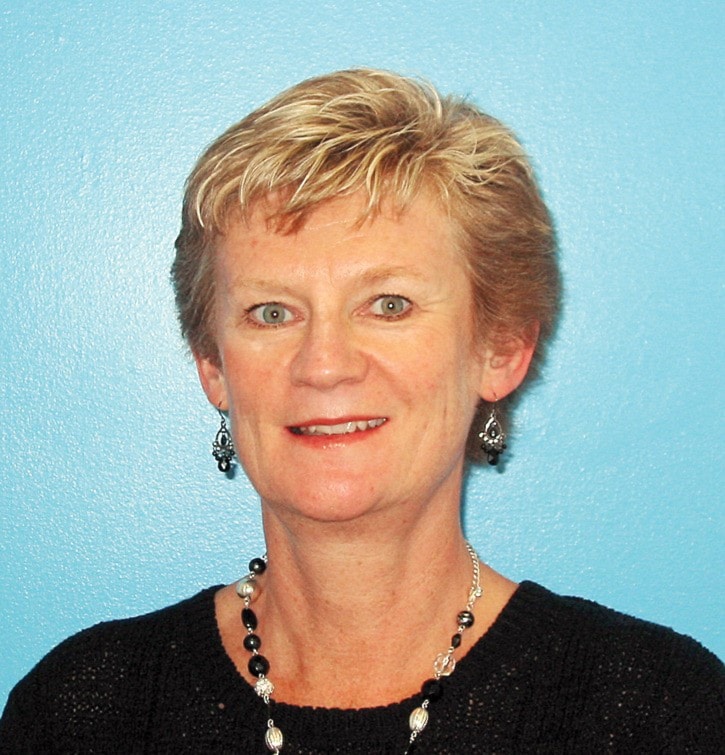Betty Brown
Interior Health
The more we get together the happier we’ll be...
Family members can only do so much to improve their loved one’s quality of life. Most of us know about the important role a single secure adult relationship can play in a child’s mental and physical well-being; now imagine the impact of an entire community or a supportive environment surrounding a child outside of the home. A supportive environment can help meet our universal needs to belong, feel valued, feel safe and be a contributing member of a community. Contributing to your community is a win-win situation.
Studies show people actually feel better about themselves and their lives when they contribute towards someone else’s well-being. Inclusive neighbourhoods, community events, civic participation and equitable access to recreation are some of the things that help us feel connected.
Patricia Pearson, author of A Brief History of Anxiety – Yours and Mine reports on international health data that suggests Mexicans have relatively low rates of anxiety and depression compared to Canadians and Americans.
But once they move across the border things change — Mexican people who live in the U.S. have comparable rates of alcohol and substance use, anxiety and depression. Why is that? What’s the difference?
Pearson goes on to explain that after she talked to many people in Mexico she noted some fairly key cultural differences. Most Mexican people continue to live in the communities they were born, they have extended family surrounding them, they are connected to the church, their unions, and the rituals and fiestas that are a part of their culture. Pearson believes that it’s not that Mexican people are less genetically prone to anxiety but rather that they are more protected from it — or buffered— because of supportive environments and community connectedness.
What can we learn from this? How do we help our kids and our family members cope and thrive, even when hardship comes their way? Perhaps the answer is to keep them connected — to you, your extended family, your neighbours and friends. Get to know your neighbours, join community groups and participate in community life. Try volunteering as a family. Participation in civic events, community festivals or neighbourhood associations can help build safe and caring communities within which we all thrive and flourish. By contributing to others, you and your family will not only help someone in need, you will feel better about yourselves too!
Betty Brown is a mental health promotion facilitator with Interior Health.
